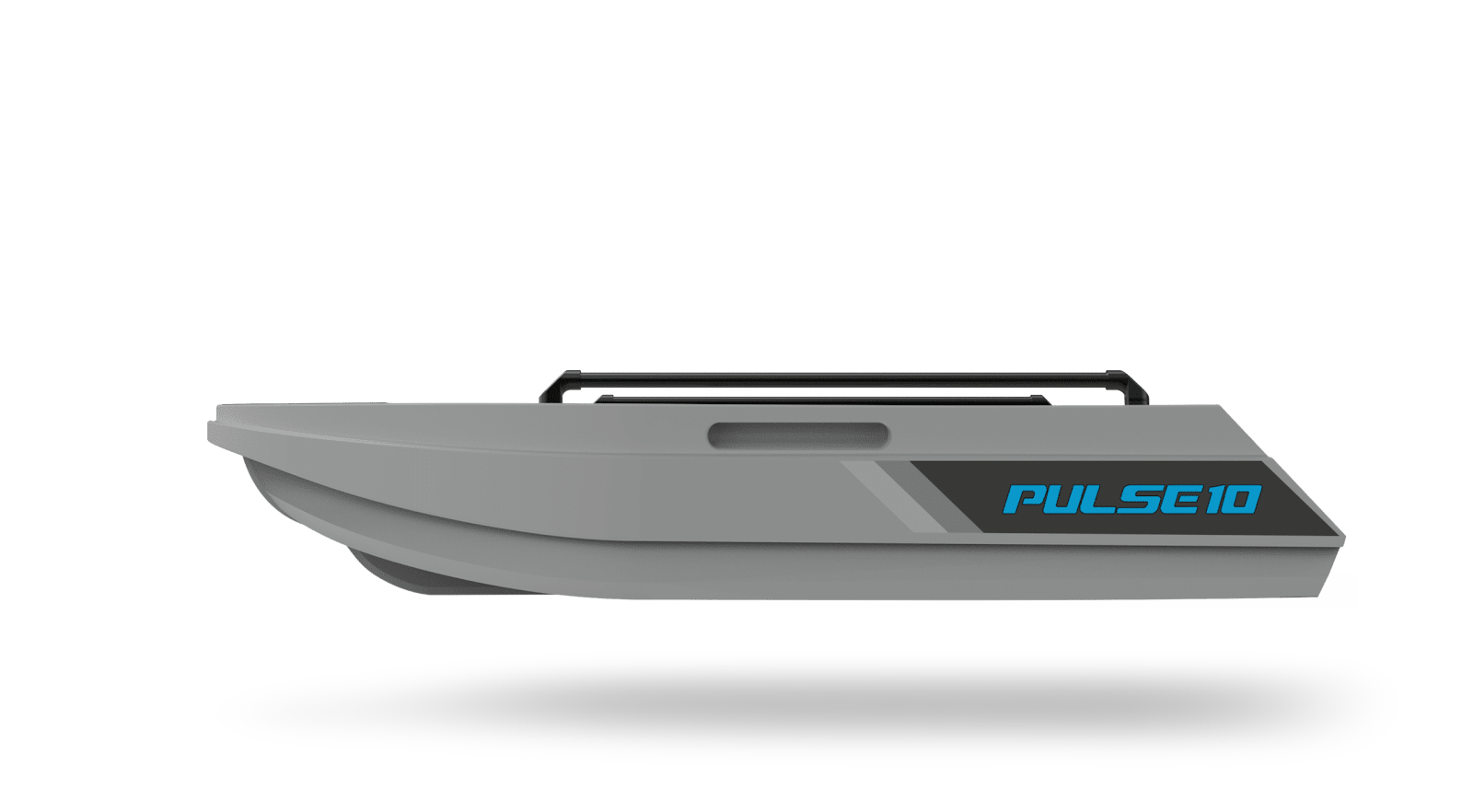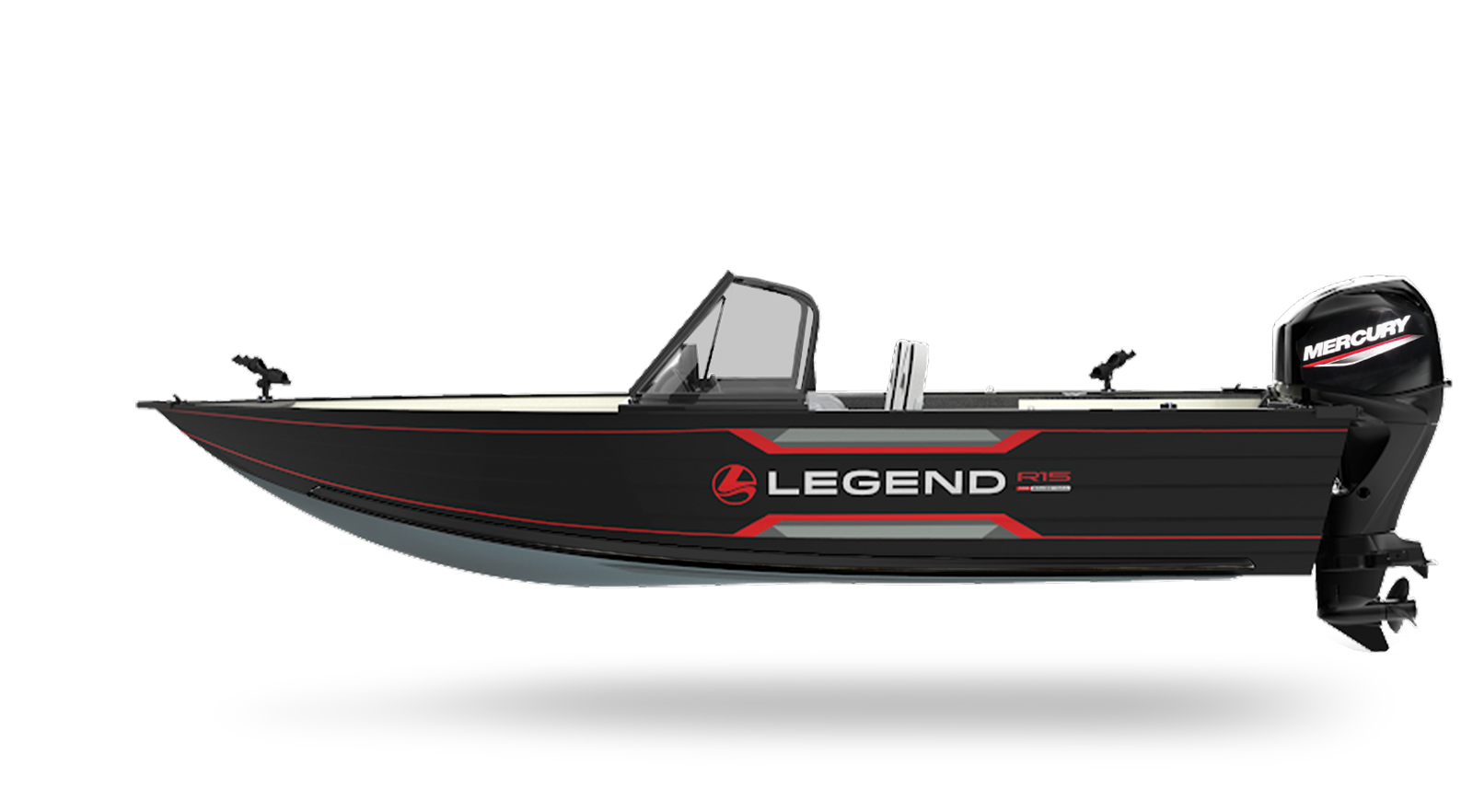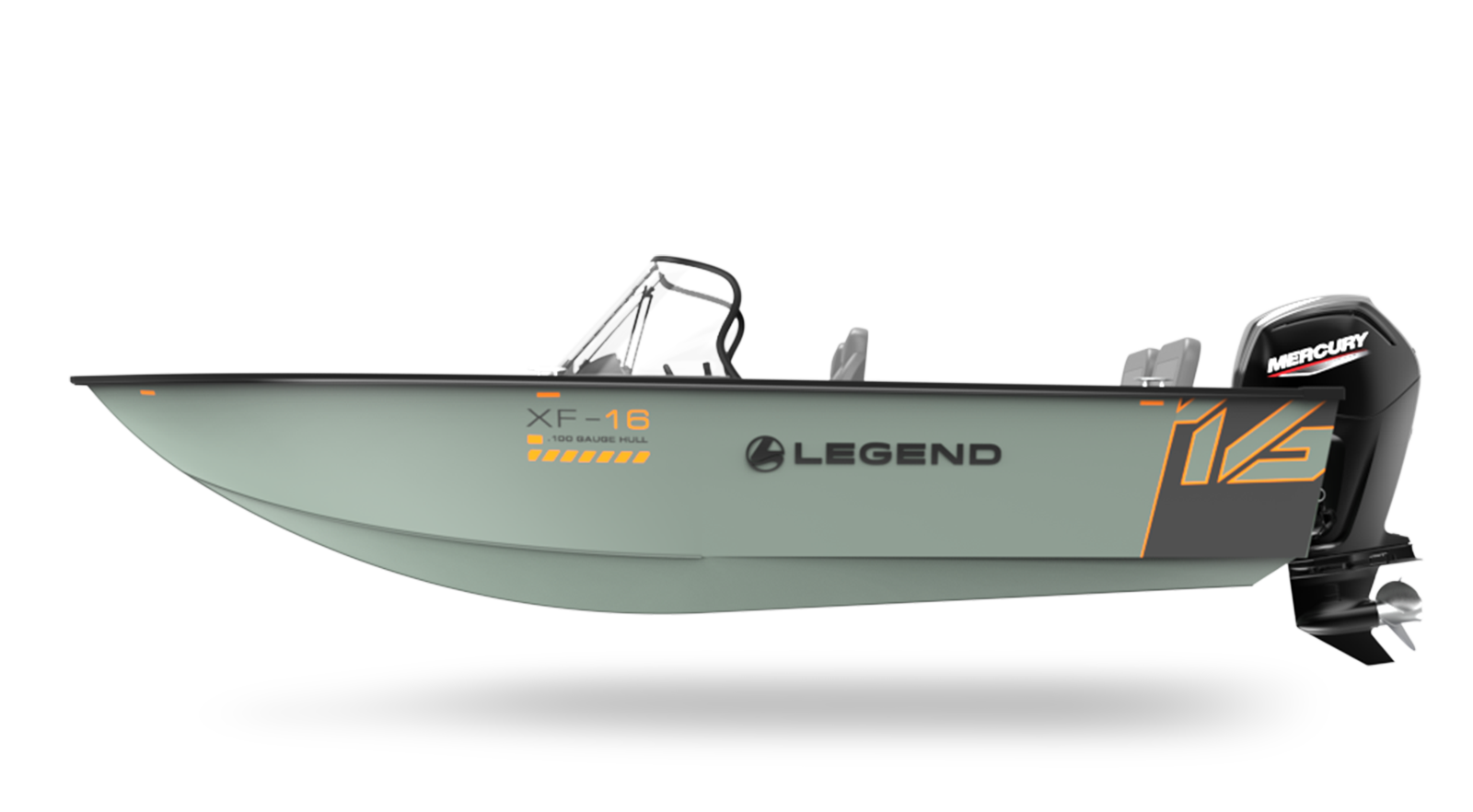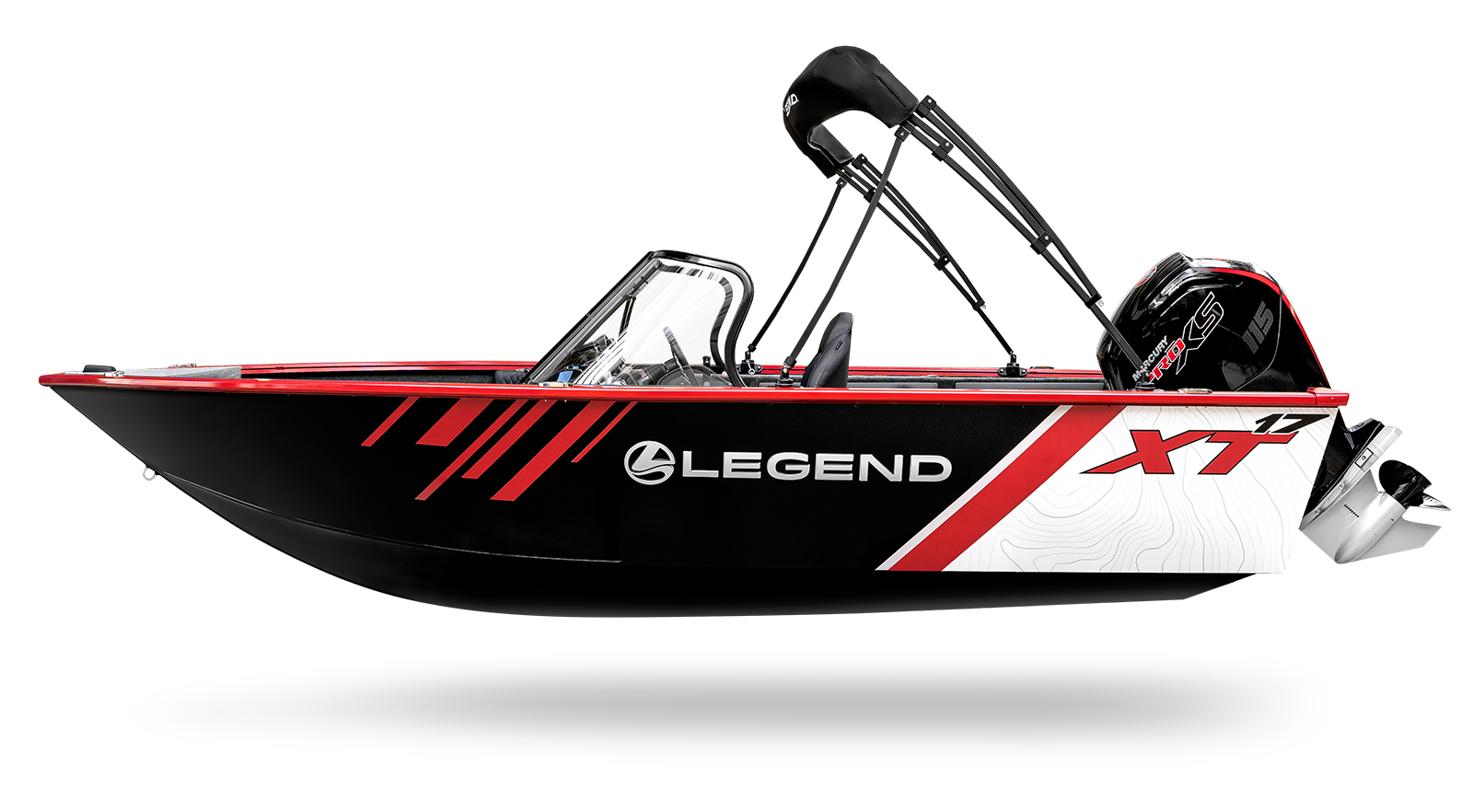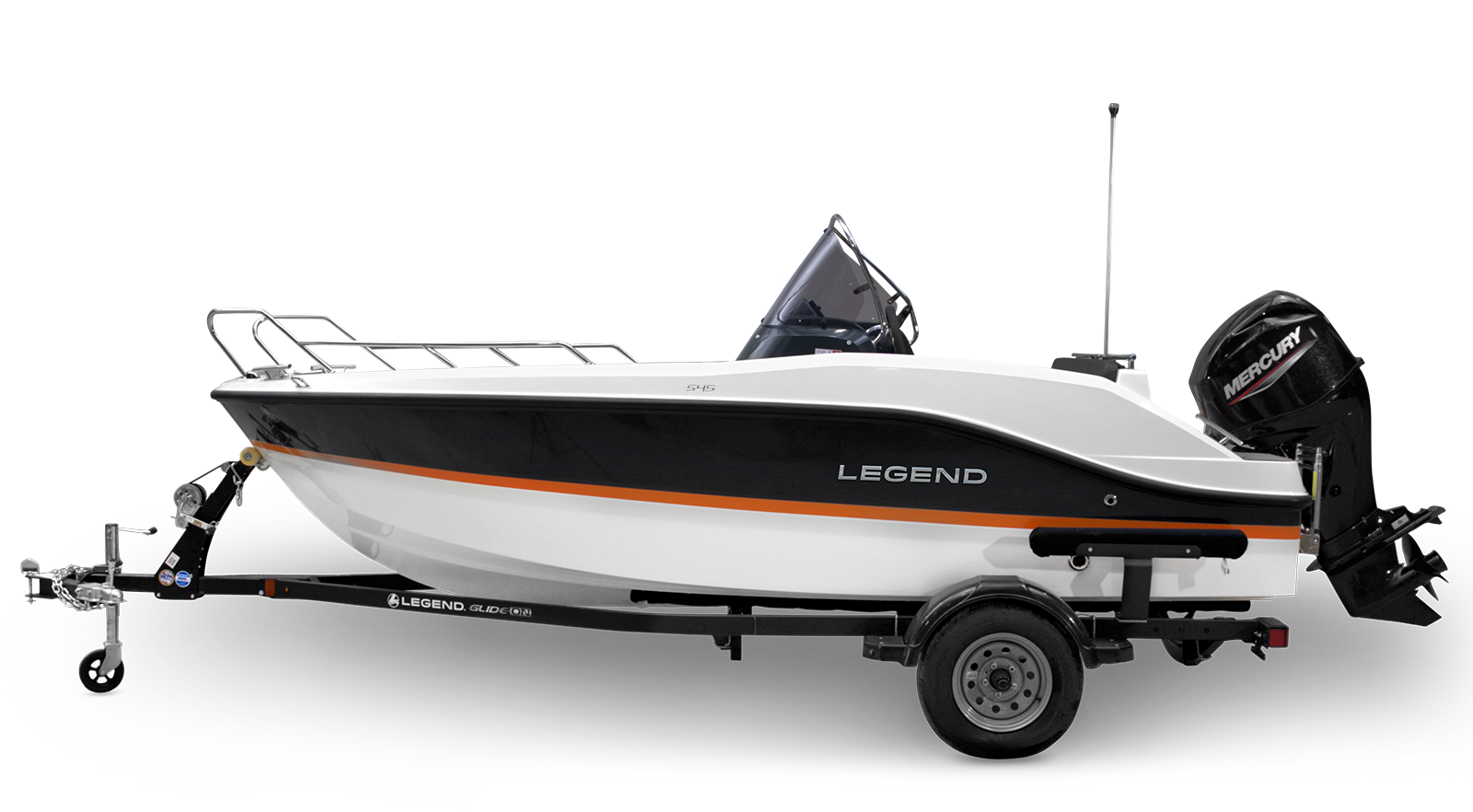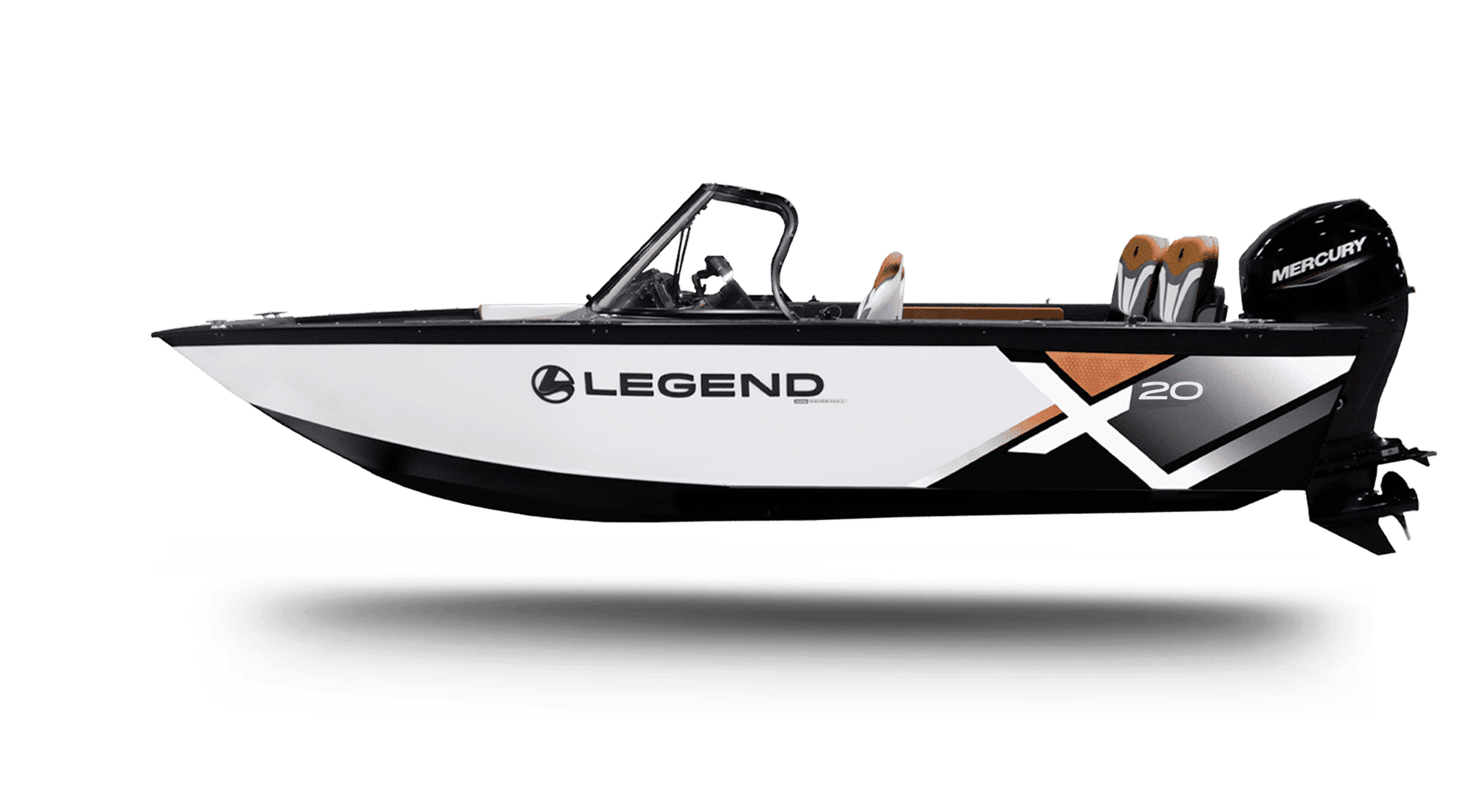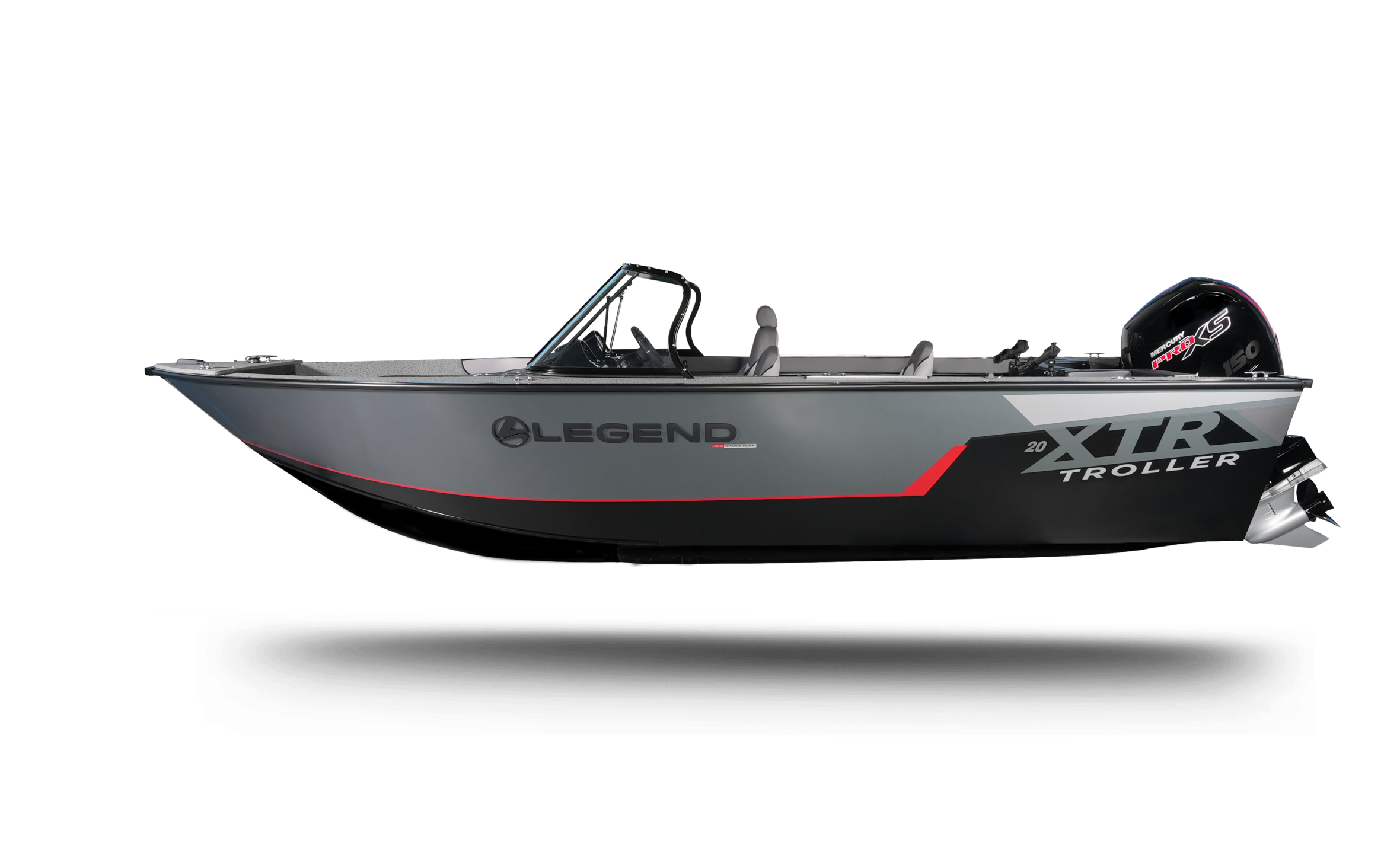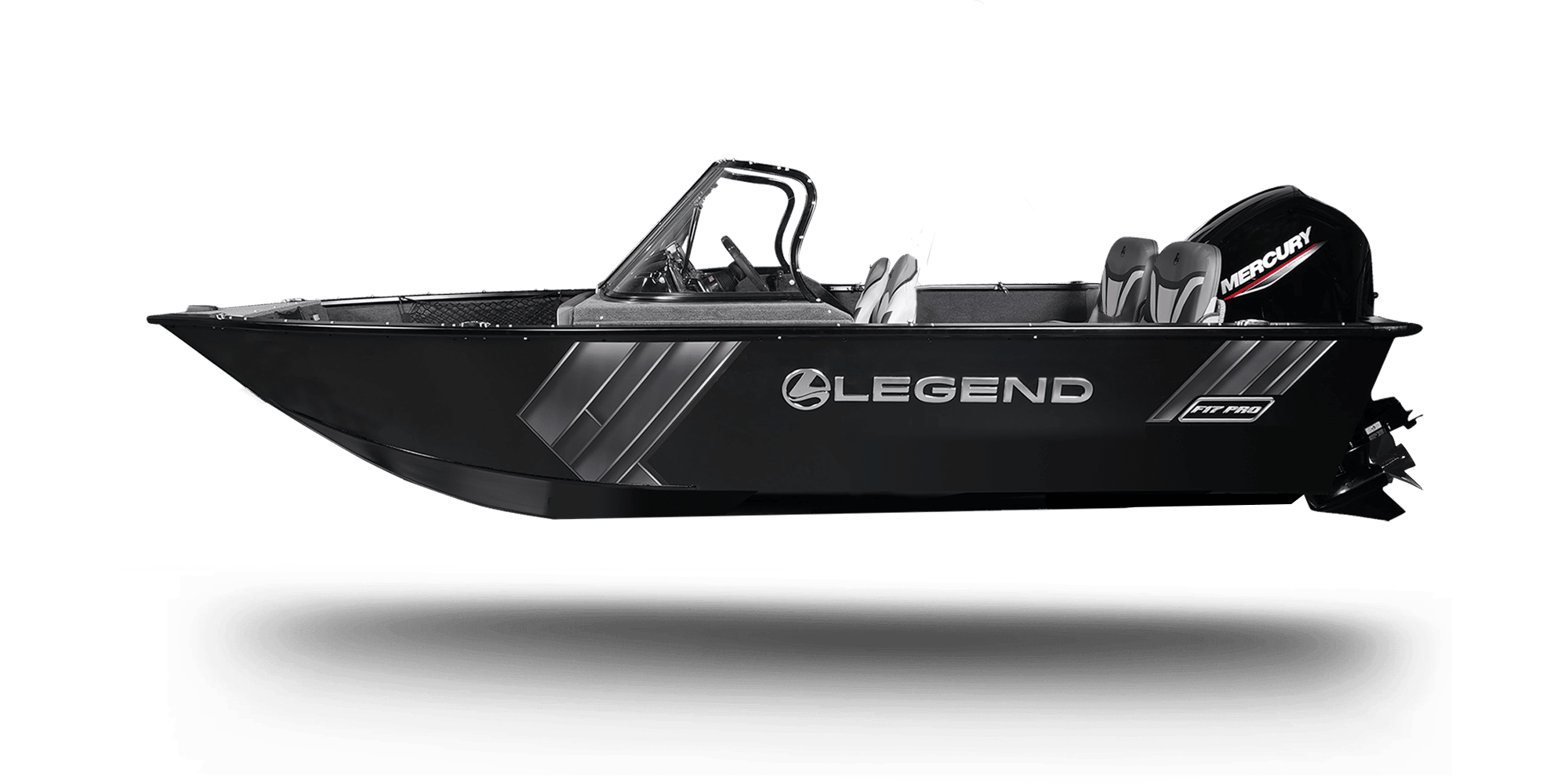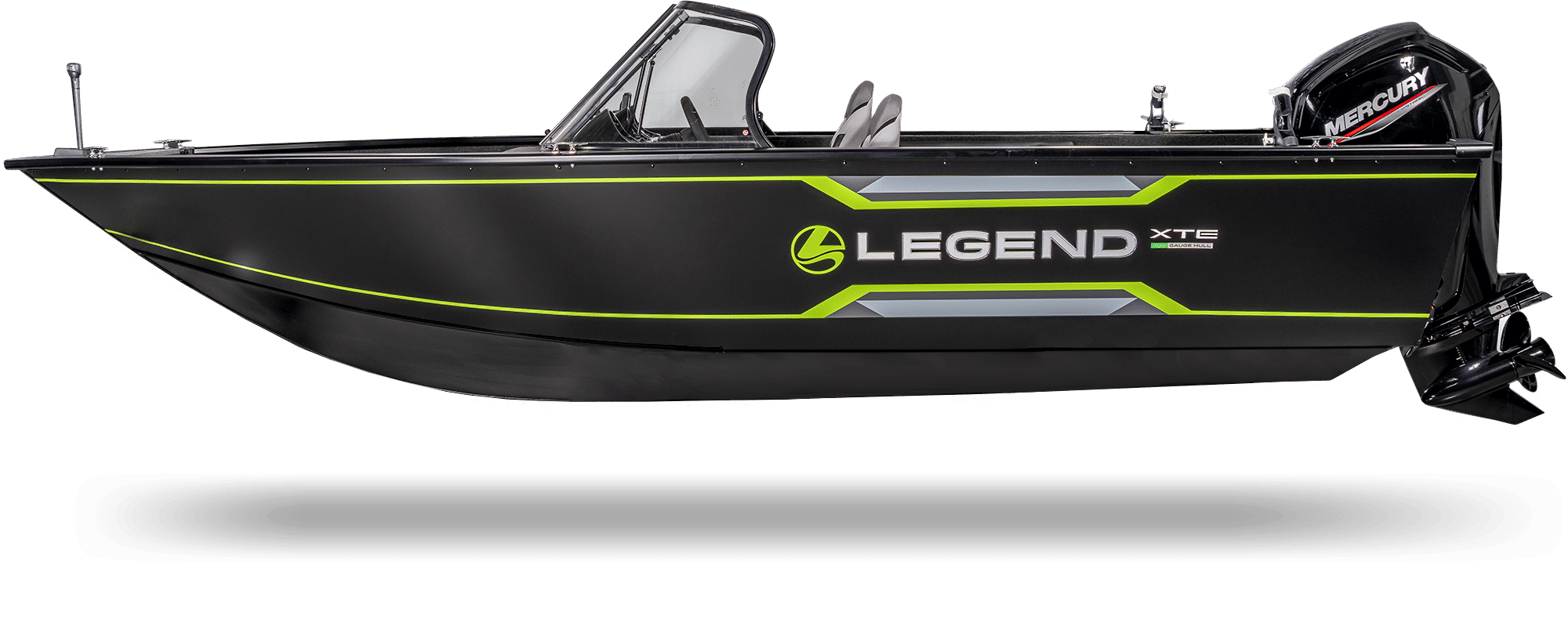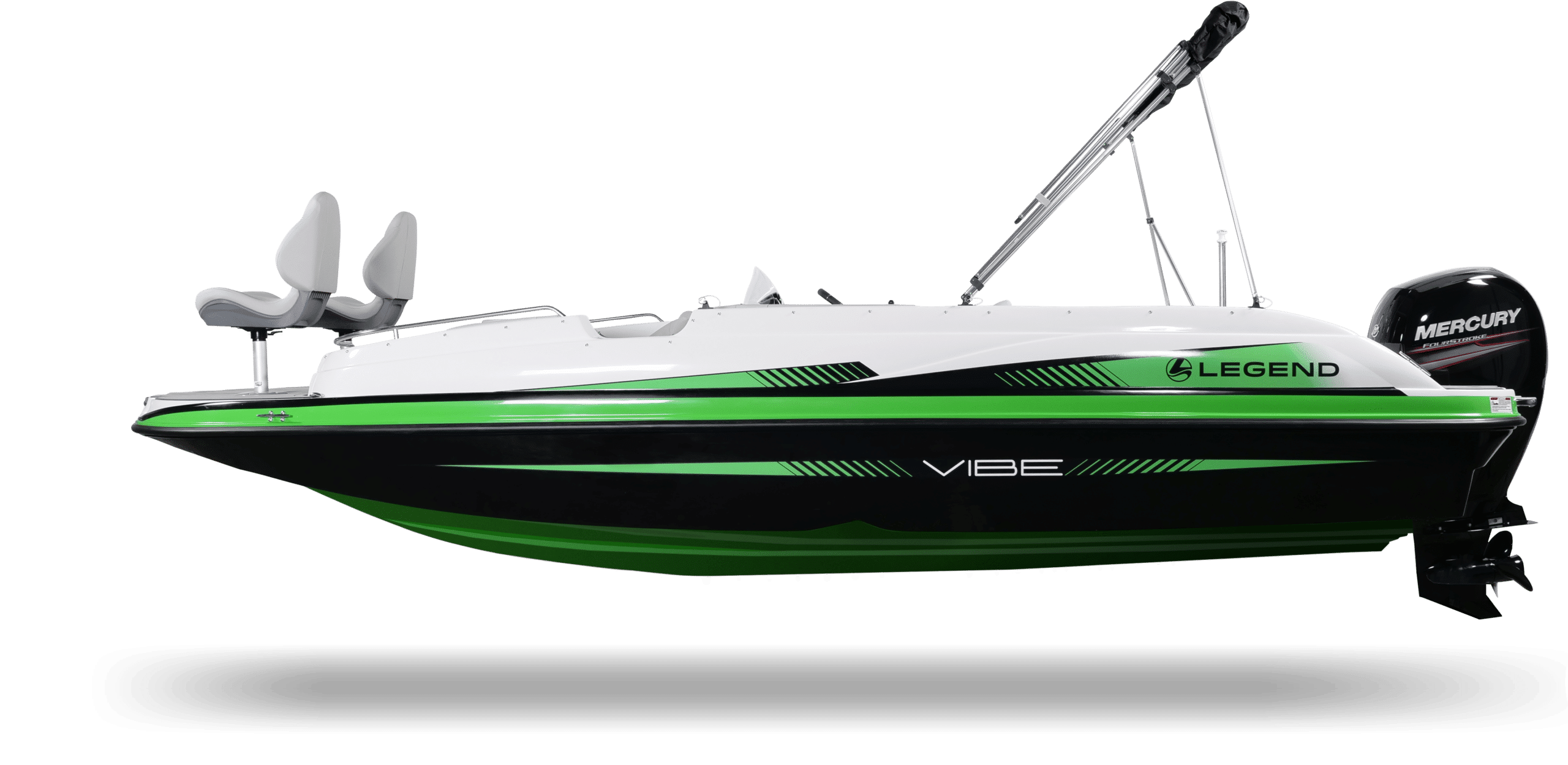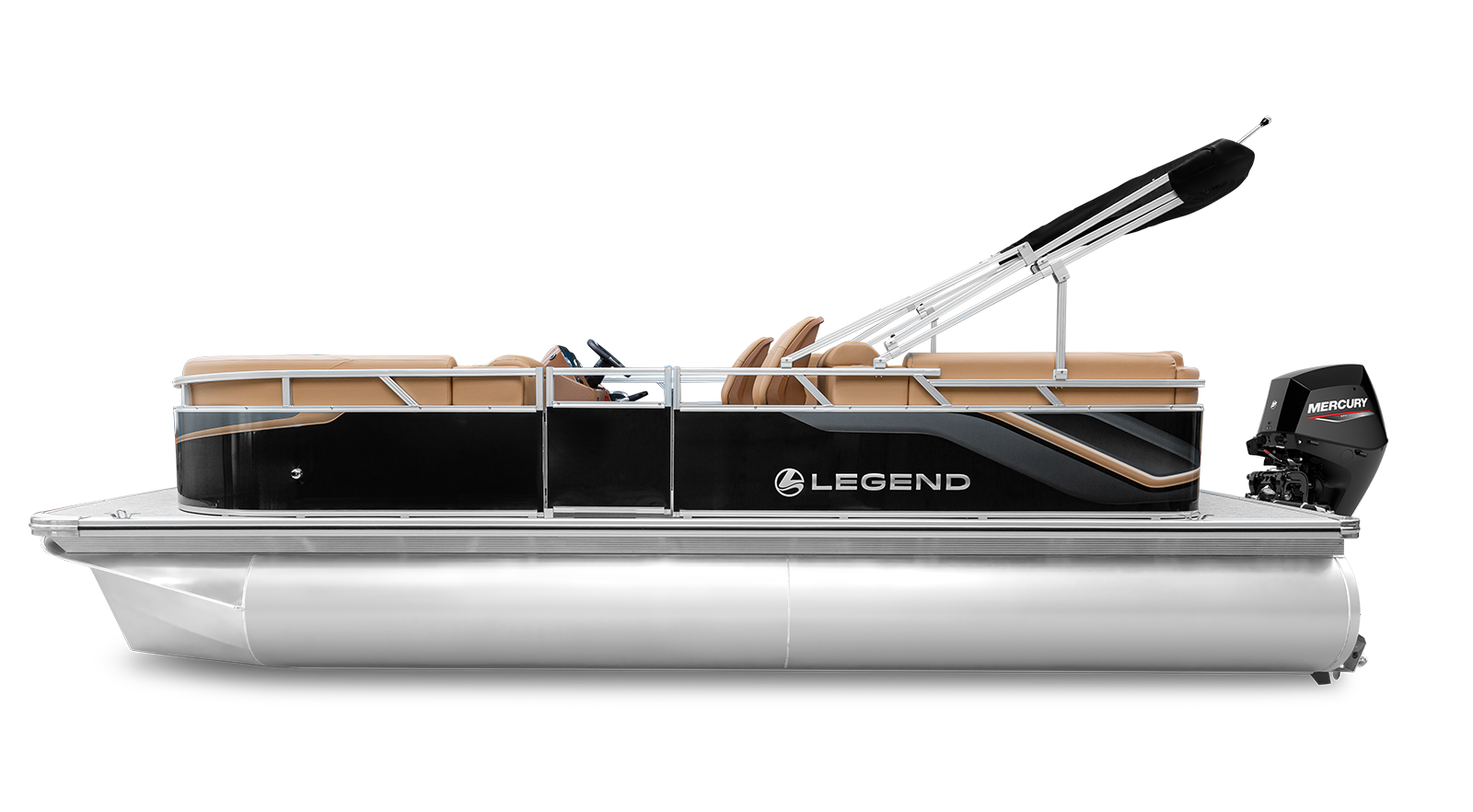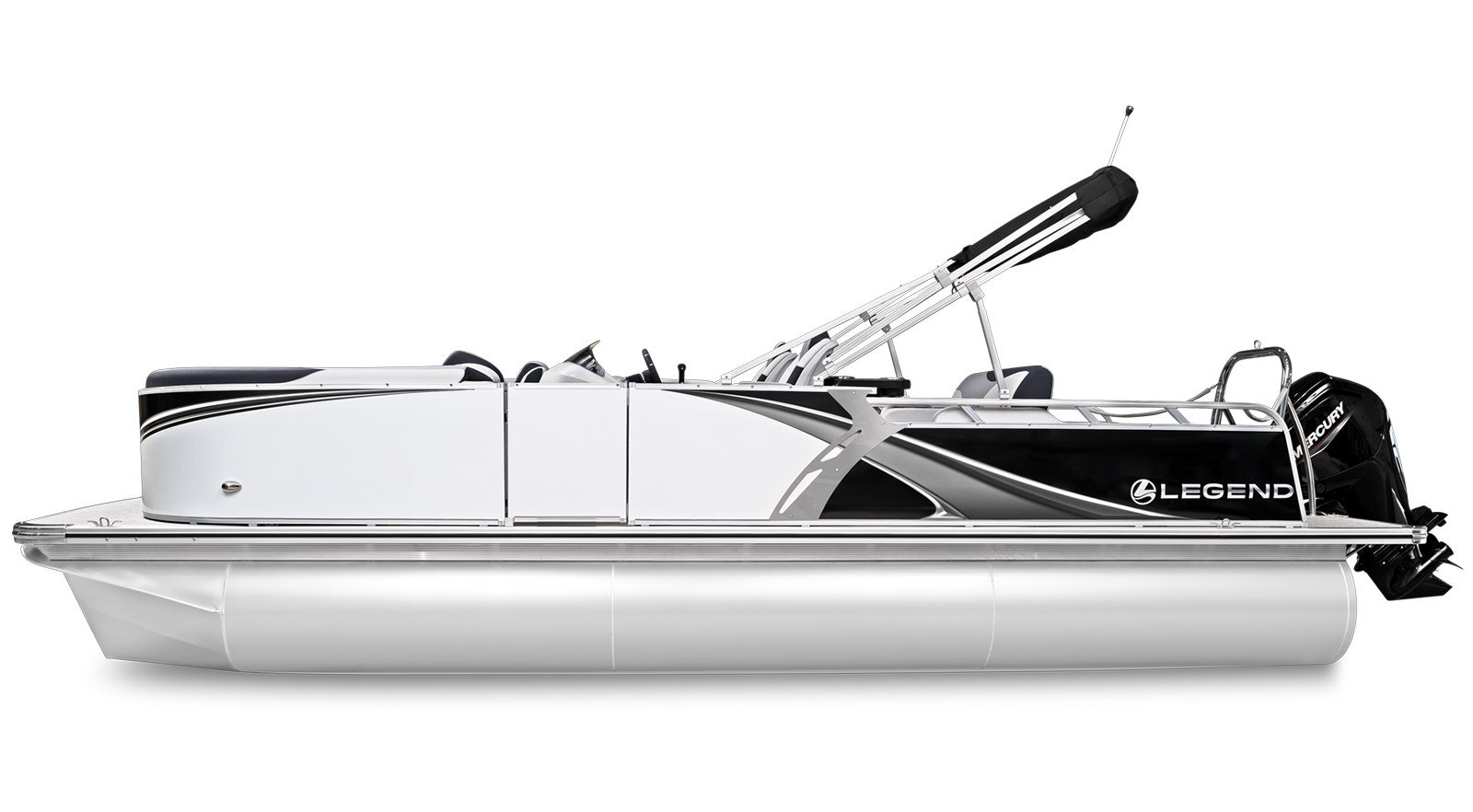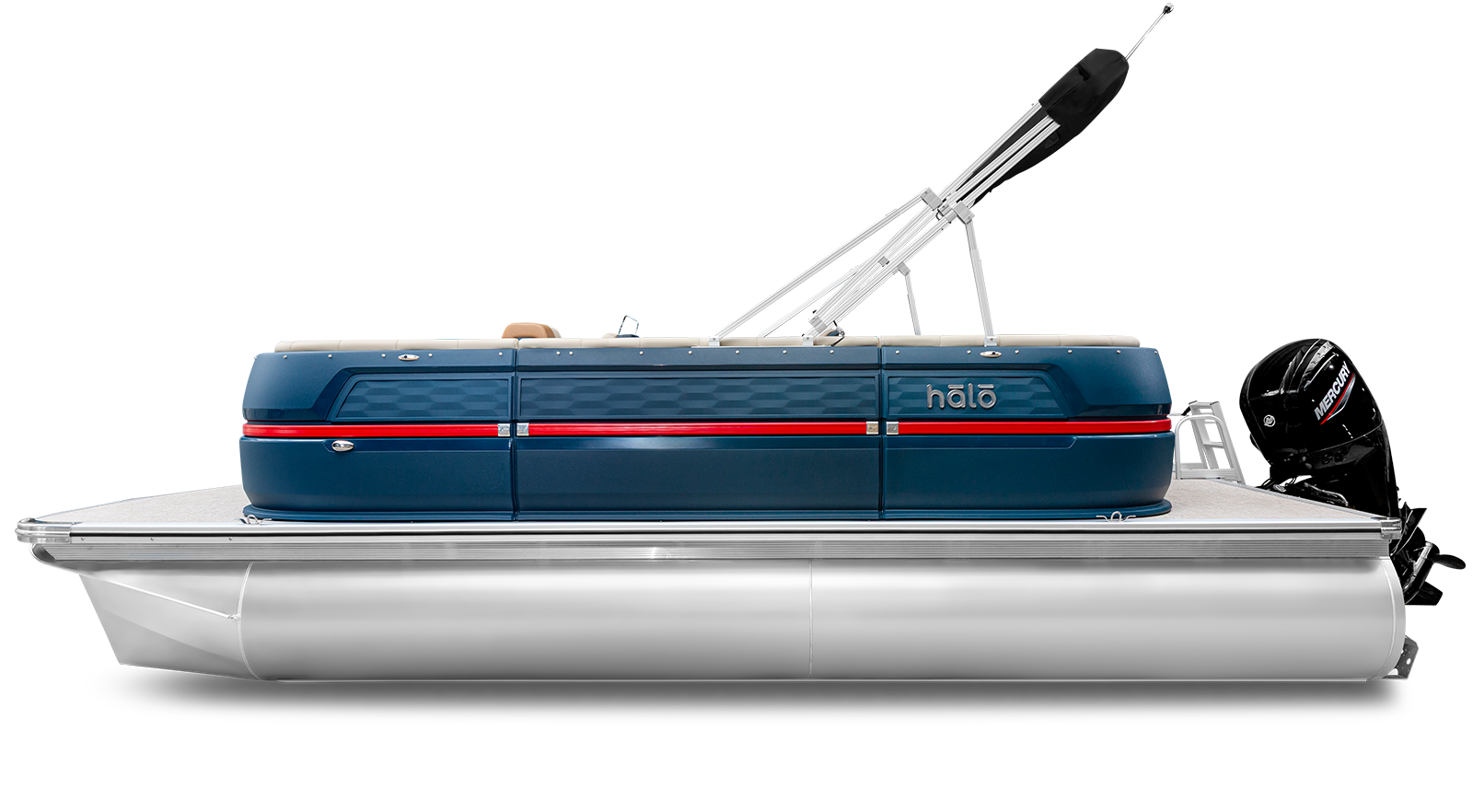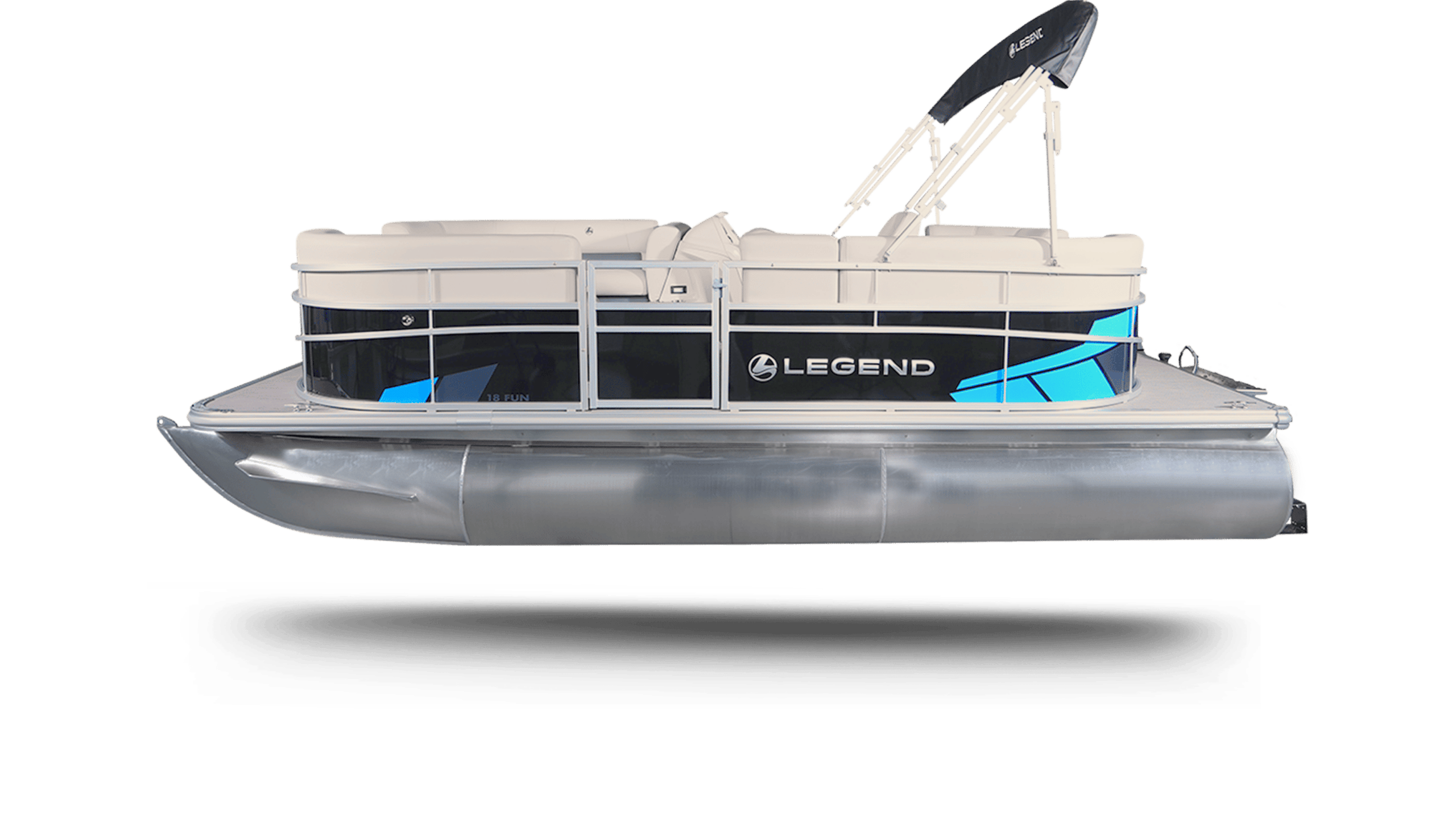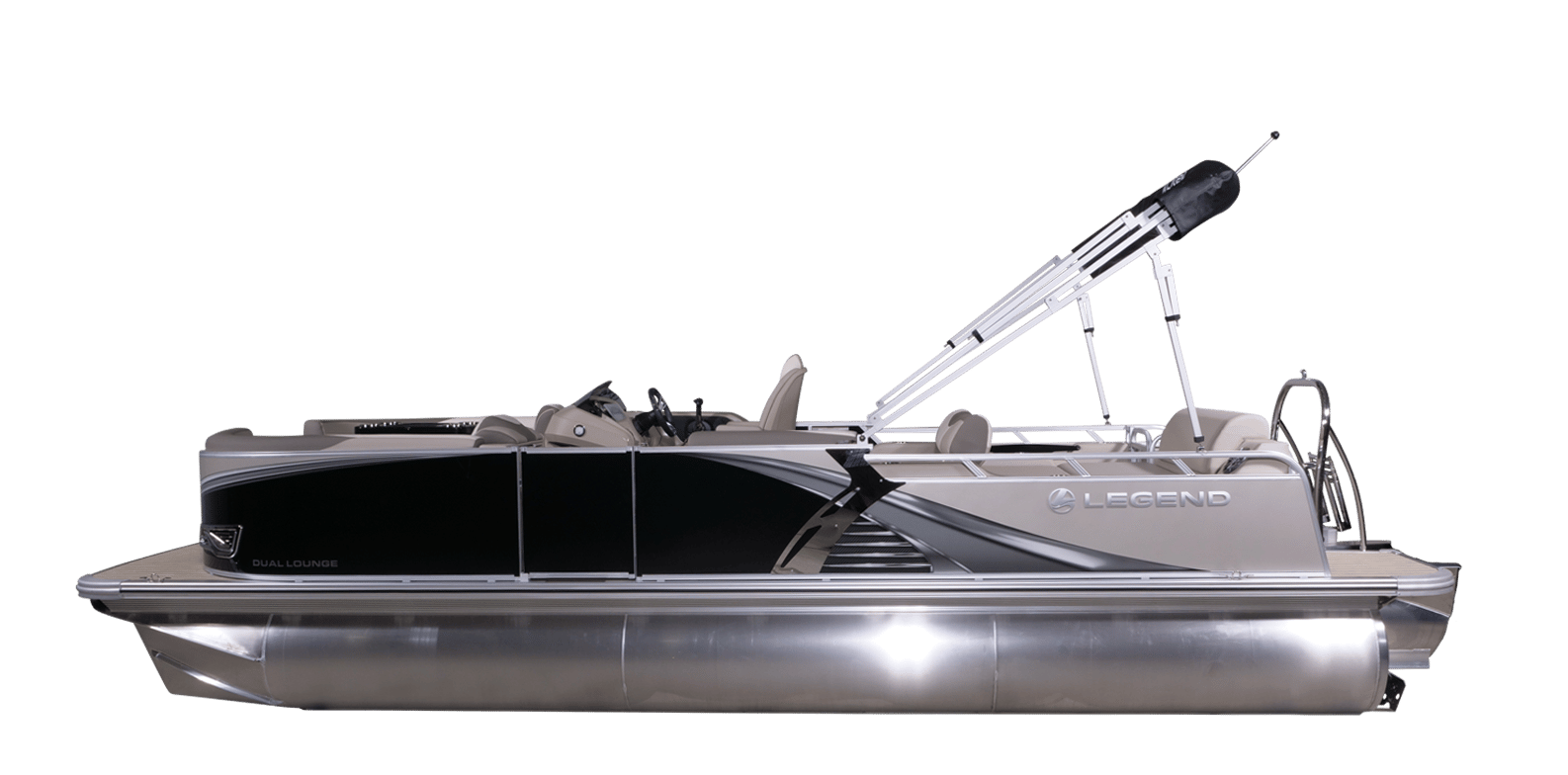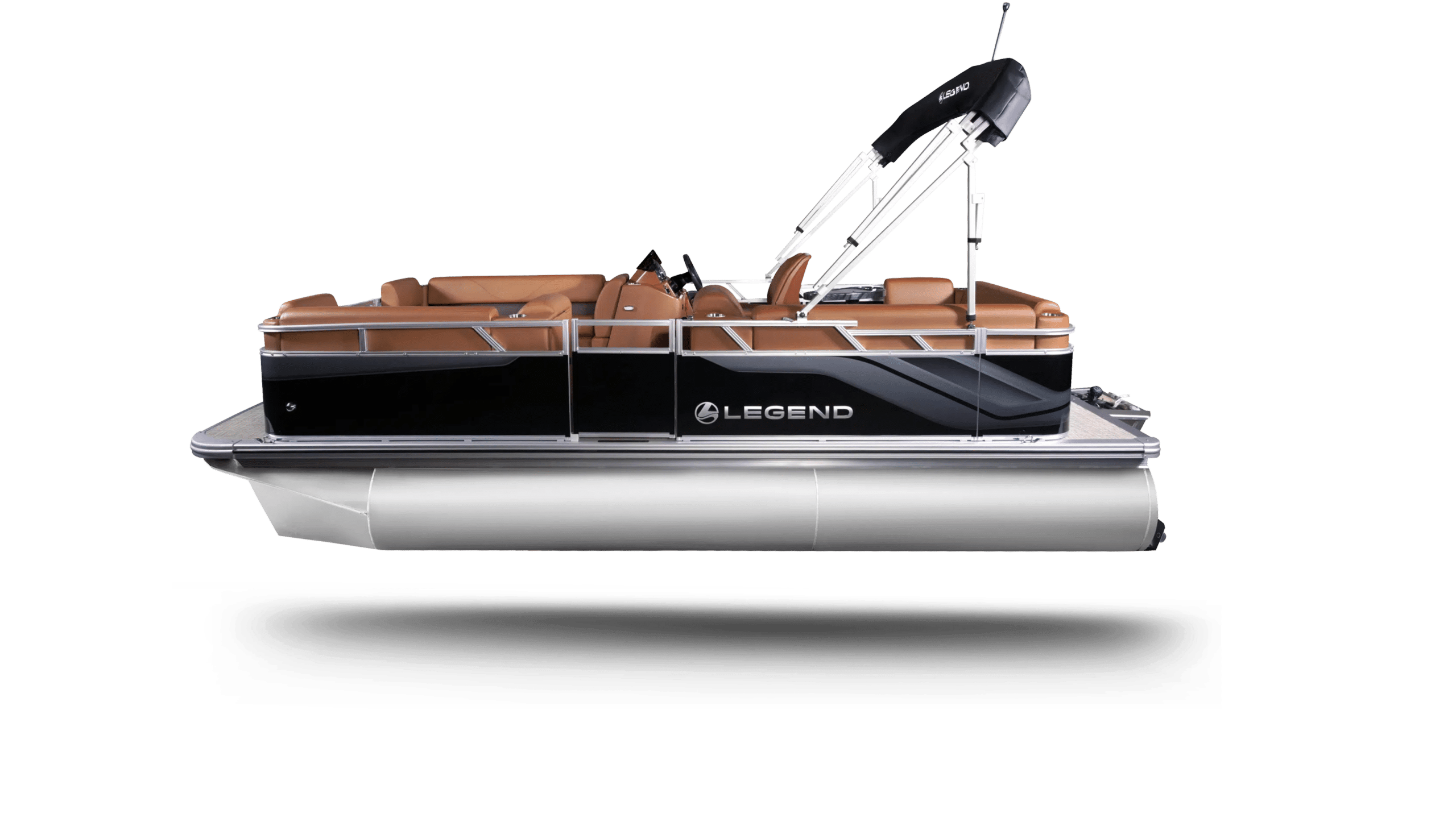Boating Terms: The Missing Glossary of Recreational Boat Terminology
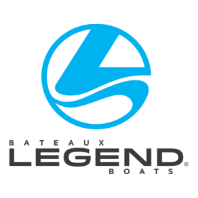
Have you ever wondered what a specific boating term meant? Ever hear someone talk about their boat’s transom or chine and wondered if those were even real words? Like maybe they were just messing with you?
Well, yours truly sure felt like that in the beginning.
If you do a Google search, you’ll find articles like 15 Basic Boat Terms on one end, and Wikipedia’s Glossary of Nautical Terms on the other end. The challenge with Wikipedia’s list is it’s incredible long (and thorough), but the vast majority of the terms do not apply to recreational boating.
On this page, we provide a thorough glossary, with helpful explanations, of the words and expressions you’re likely to run into as a recreational motor boater. We’re skipping anything related to sailing or the navy.

Cheat Sheet: The most common challenge is simply remembering which sides are which.
Boating Terms: “A”
aboard: On or in the boat. Ex: “Make sure to have enough life jackets aboard for all passengers.”
aft: Toward the stern (rear) of the boat.
aground: When your boat is now resting or touching the ground or bottom of the body of water.
ahead: In front of and beyond the bow of the boat.
anchor: A heavy object attached to your boat by a rope or chain. Usually metal. When dropped into the water, the anchor grips the ground and prevents your boat from drifting. (Need a new anchor kit?)
anchor light: A white light that indicates that your boat is anchored.
anchorage: Any place where you can safely drop your anchor, such as a port or marina.
apeak: When something is almost perfectly vertical. For example, if your anchor’s rope or chain is apeak, then it’s as tight as it can go while still resting the anchor on the ground.
aport: When something is towards the port side of your boat. The opposite of astarboard.
apparent wind: The combination of the actual wind with your headwind. For example, if the actual wind is 5 knots, but you’re moving in the same direction as the wind at 3 knots, then your apparent wind would be 2 knots. But if you were to move against the wind, your apparent wind would be 7 knots.
as the crow flies: A measure of distance, ignoring any obstacles. When boating, a map can be deceptive if it does not reveal areas of the water that are unsafe for your boat. The distance between two places may be, for example, 2km as the crow flies, but require a much longer journey by boat.
ashore: When something is on or towards the shore.
astarboard: Toward the starboard side of the boat. The opposite of aportside.
astern: Toward the stern (rear) of the boat.
awash: When your boat is so low in the water that the waves are constantly washing over the deck. (Which is A Bad Thing.)
Boating Terms: “B”
baggywrinkle: Ok, this one has nothing to do with any boat of ours. But it’s a fun word. It means a soft covering that prevents the sail of a sailboat from chafing. But also: It sounds ridiculous. Try using it in a sentence while staying straight faced. Ex: “You’re such a baggywrinkle,” or: “You know what this situation calls for? A baggywrinkle.” Neither of those uses are proper, of course, but have fun with it. See how many people you can confuse with it.
bailer: Any object or device that can be used to to bail (remove) water that is in your boat. For example: A bucket. (Need a new bailing bucket? They’re included in our safety kits, sold online.)
barge: A towed or self-propelled flat-bottom boat. All pontoon boats are barges, but not all barges are pontoon boats.
beaching: Running your boat aground intentionally, usually for loading/unloading when there is no viable dock.
beacon: A fixed navigational marker, such as a lighthouse or daybeacon.
beam: The width of your boat at its widest point. Also used to refer to the midpoint of the length of the boat.
berth: A safe distance from any other boat or object. Ex: “To give a wide berth.”
bilge: The space between the bottom of the hull and the underside of the decking structure.
bilge pump: A pump to empty the water that tends to build up inside the bilge.
bilge keel: Metal strakes on either side of the outside of the hull, meant for increasing stability.
bimini top: A canvas top with open sides, supported by metal frames.
board: The act of stepping, climbing, or otherwise entering the boat. Ex: “Climb aboard, mate.”
boathouse: Not to be confused with a houseboat, a boathouse is a house for your boat. Commonly used on lakes and rivers.
bottom: You already know what the bottom of your boat is. But isn’t it nice to know that’s also the nautical word for it? Every now and then, it’s almost like speaking English.
bow: The front of your boat. The opposite of the stern, which is the rear. (Need new bow cushions? We sell them online.)
breaker: A shallow part of a reef that causes waves to break. Like any shallow area, they can cause you to inadvertently run your boat aground.
buoy: A floating object. Can be fixed in place for use as a navigational aid, to warn of submerged dangers, for attaching mooring lines, and more.
Boating Terms: “C”
canvas: The material used for boat covers and tops. Also used in sailing as a general term for sails.
capsize: When the boat lists (tips) over too far to one side, exposing the keel. This can result in the boat sinking, although this is unlikely with a Legend Boat due our use of injected foam. (Fun fact: You could fill any of our V-hull boats with water and they would still float, even when loaded to capacity.)
captain: The person legally in command of the boat in operation. For example, if you borrow a friend’s boat, you are the boat’s captain.
centerline: An imaginary line running down the centre of your boat lengthwise, from bow to stern.
chine: Where the sides of your boat meet the bottom.
cleat: Metal objects typically attached to the gunwale, used for mooring the boat.
course: The direction your boat is headed, typically stated in degrees.
Boating Terms: “D”
day beacon: Non-lit fixed object used for navigation.
deadhead: Another word for a snag. A tree or branch that is partially submerged and can cause navigational challenges or damage to your boat.
debarcation: Getting off your boat.
deck: The walkable surface of your boat. On most motor boats, there is only one deck. But on large ocean-faring vessels, there are many, and they each have their own names. Names like “poop deck”, because sailors have an incredible sense of humour.
dock: Any fixed structure attached to the shore that can be used for mooring, boarding, and debarcation.
draft: The depth of your boat’s keel below the waterline.
Boating Terms: “F”
fathom: A unit of measure equalling 6 feet, commonly used for measuring depth.
fender: A flexible bumper, typically made of rubber or plastic, used to prevent boats from banging into docks or each other.
fore: Towards the front or bow of the boat.
flounder: To fill with water and sink.
freeboard: The height of your boat’s hull that is above the waterline. This can vary from one area of the boat to another, and is impacted by how heavily the boat is loaded.
Boating Terms: “G”
ground: The bed or bottom of the body of water being traversed.
gunwale or gunnel: The upper edge of the hull.
Boating Terms: “H”
harbour: A place where your boat can be sheltered from the weather, loaded or unloaded, or stored. Most commonly used to refer to man-made harbours, but can also be naturally occurring.
head: The most forward or most upward portion of the boat.
heading: The direction your boat is pointed. Not to be confused with your destination. You may need to change your heading many times to avoid obstacles before reaching your destination.
headwind: A wind blowing direction in front of you, pushing against you.
heavy weather: High winds and rough waters that can make it dangerous to be operating your boat.
helm: The mechanism for steering your boat. Typically a steering wheel or tiller on recreational motor boats.
hull: The shell and structure of your boat that makes it float. At Legend Boats, our fishing boats and deck boats have hulls. Our pontoon boats do not, because they use tubes instead.
hull down/up: A boat is said to be “hull down” when spotted on the horizon, but the hull is still below the horizon. A boat is “hull up” when it’s fully visible (aside from what’s underwater, of course).
hydroplane: When a boat is moving fast enough to be lifted by planing rather than buoyancy alone. Generally only achievable by fast motorboats, like ours.
Boating Terms: “I”
inboard: Located within the hull. Opposite of outboard. Ex: An inboard motor is a motor located on the inside of the boat, with a long drive shaft connected to the external propeller.
Boating Terms: “K”
keel: The absolute bottom of your boat, running along the centerline.
knot: 1 nautical mile per hour. Ex: The boat was travelling 20 knots per hour.
Boating Terms: “L”
ladder: On a boat, both ladders and sets of stairs are called ladders.
laker: Slang for any boat that spends most of its time on the Great Lakes.
landmark: An object ashore that can be seen from the water and that is used on nautical charts for navigation.
launch: To get your boat into the water.
leeward: The side of your boat that is sheltered from the wind.
leeway: The degree to which your boat is blown leeward by the wind.
Boating Terms: “M”
main deck: The uppermost continuous deck that stretches from bow to stern. On a V-Series Aqua Tower, there is both a main deck and a top deck.
marina: Typically a commercial facility for docking and refuelling your boat. Many have other amenities, such as showers, restaurants, and stores.
mooring: Tying down your boat to a dock so that it doesn’t float away or bounce around too much.
Boating Terms: “N”
narrows: Any narrow potion of an otherwise navigable waterway.
nautical mile: Equivalent to 1.852 kilometers, or 1.1508 miles.
navigation: The entire process of determining, plotting, and tracking where you are and where you’re going.
navigation lights: Red, green, and white lights that are used to tell other boaters which side is your port side, which is starboard, and whether or not you’re anchored. In other words, to be able to tell if you’re moving and, if you are, in which direction. Navigational lights are required when boating at night.
Boating Terms: “O”
onboard: Synonymous with aboard.
outboard: Located outside of the hull. Opposite of inboard. Ex: An outboard motor is a motor located on the outside of the hull.
overboard: Off or outside of the boat. Commonly used when someone has fallen off the boat. Ex: “Man overboard!”
Boating Terms: “P”
pitch: The “seesaw” movement of the boat, with the fore and aft rising and falling repetitively.
plane: To skim over the water at high speed, rather than pushing through it.
pontoon: A boat with a flat deck that is supported by 2 or more floating tubes.
port: The left side of your boat. Denoted by a red navigational light.
port beam: Equivalent to 9 o’clock.
port bow: Same as 10:30 o’clock.
port quarter: Alternative to 7:30 o’clock.
propeller: The spinning part of your motor, looks like a fan, but it pushes water instead of air.
Boating Terms: “Q”
quay: A structure ashore, upon which you can moor your boat.
quayside: When your boat is moored to a quay.
Boating Terms: “R”
reef: Although we most commonly think of reefs in the ocean, they can also be partially or fully submerged rocks that are shallow enough to potentially cause you to run aground.
rogue wave: A wave that is surprisingly large for the current state of the water. May seem to “come out of nowhere”.
roll: The side-to-side motion of your boat.
Boating Terms: “S”
sacrificial anode: A small piece of highly reactive metal that can be attached to your hull or motor. Its purpose it to protect less-reactive metals, in essence “taking the hit” or being sacrificed for the rest. These need to be replaced every few years due to corrosion. When they corrode too quickly, it’s often a sign that something else is wrong and needs to be addressed.
shoal: Shallow water, dangerous to navigate.
starboard: The right side of your boat.
starboard beam: Equivalent to 3 o’clock.
starboard bow: Same as 1:30 o’clock.
starboard quarter: Alternative to 4:30 o’clock.
stern: The aft or rear of your boat. Opposite of the bow.
Boating Terms: “T”
tail wind: A wind that is pushing from the rear, heading in the same direction as you.
tiller: A lever used to point the motor in the desired direction. Common on smaller utility and fishing boats. Most of our boats use a steering wheel, but some models do still offer tillers instead.
topside: Counter-intuitively, the topside of your boat is not the top deck. Rather, it’s the portion of the hull that is between the waterline and the deck.
transom: The aft wall of the stern. This is also where we attach our outboard motors.
trolling: Slowly running your motor and pulling baited fishing lines behind you.
trim: The angle of the propeller shaft relative to the boat. For peak performance, this should generally be as close as possible to 90º.
Boating Terms: “V”
V-hull: The shape of our fishing boat hulls, where the contours of the hull come together in a straight line to the keel.
Boating Terms: “W”
wake: The turbulence in the water, following a boat when it’s in motion.
waterline: Where the hull meets the surface of the water.
waterway: Any navigable body of water.
wheel: In boating terms, this is synonymous with the steering wheel.
winch: Any mechanical device for pulling a rope or chain. Your boat trailer has a winch to assist with loading and unloading your boat.
windward: In the direction of the wind.
Of course, no one expects you to remember all of that. But we do recommend bookmarking this page and referring back to it any time you’re unsure of what a boating term means.
